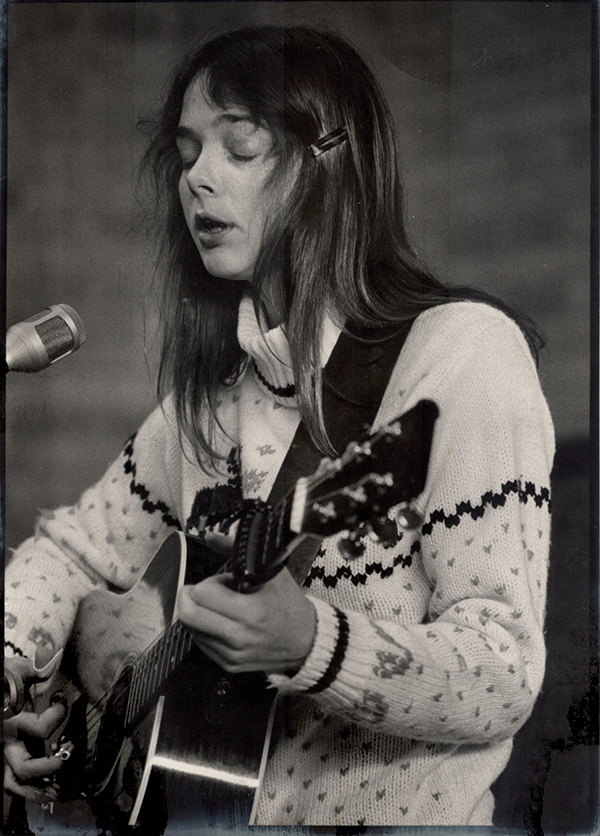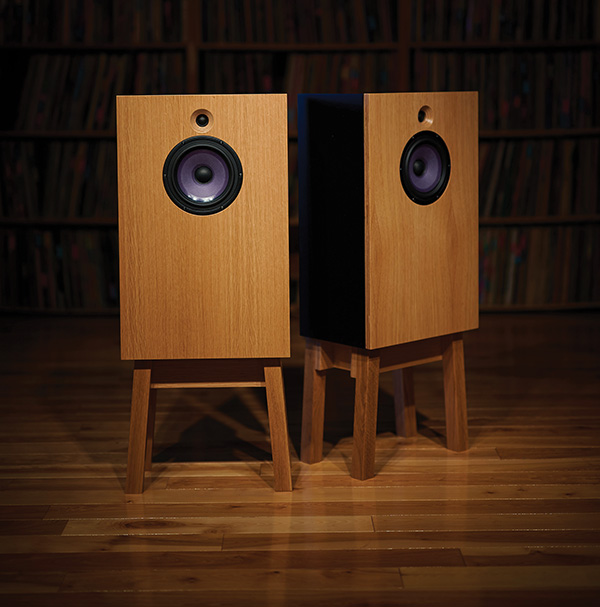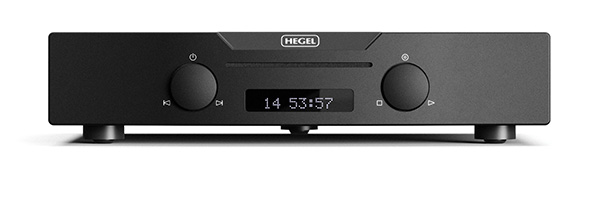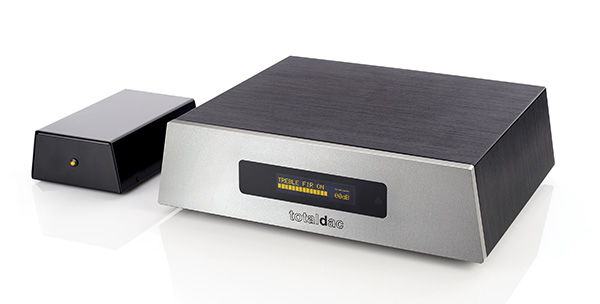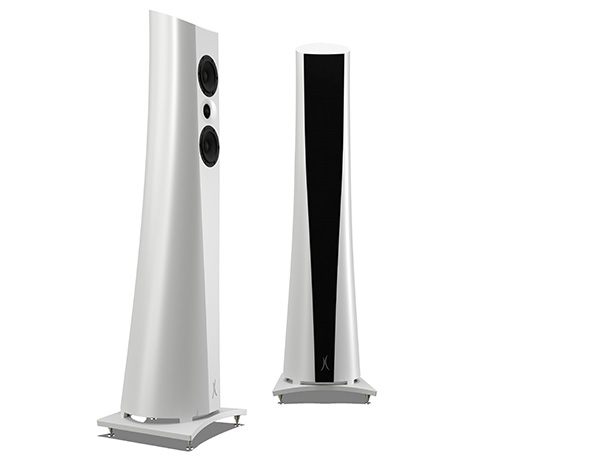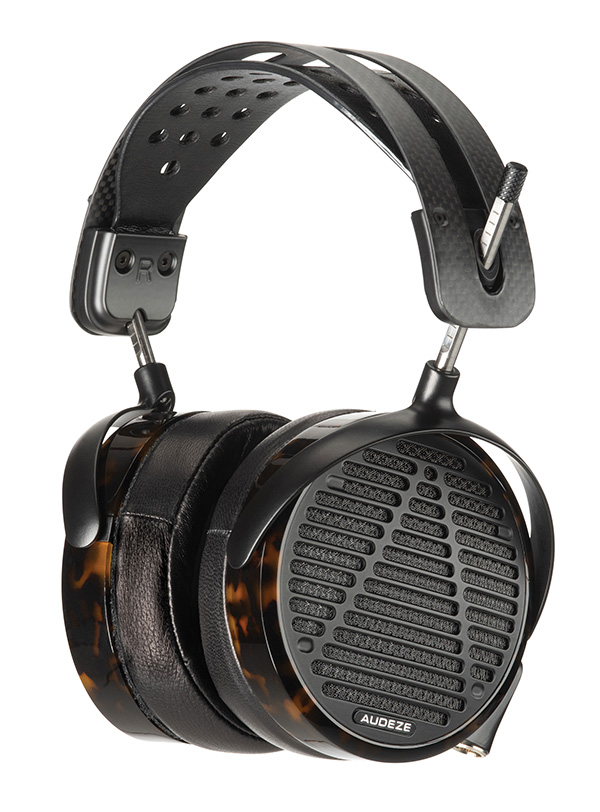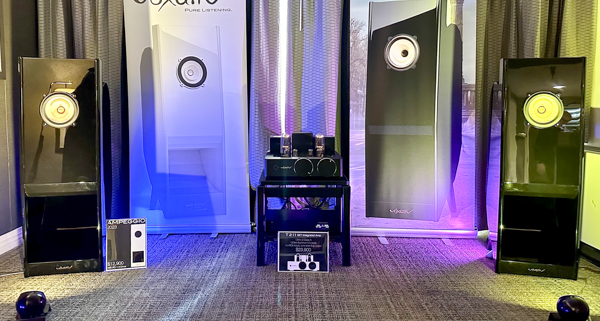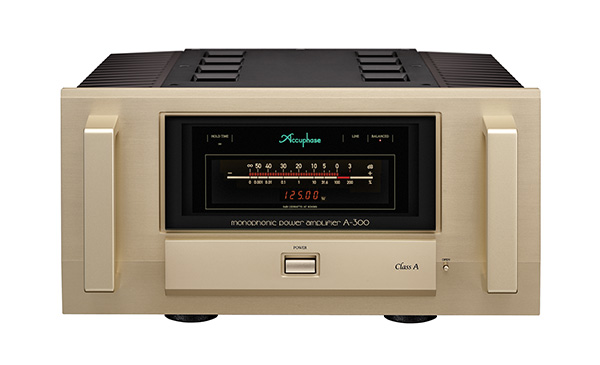
One of the finest chamber music performances I have ever attended took place this past August under far from ideal circumstances. The venue was one-month-old Field Hall in Port Angeles, Washington, a city of fewer than 20,000 people known more for its port and proximity to the Olympic National Forest than for its rich culture. Perhaps that reputation will soon change, because the performers in the concluding concert of the Music on the Strait chamber music festival included its two local founders, violinist James Garlick of the Minnesota Orchestra and violist Richard O'Neill, the newest member of the Takács String Quartet. These excellent musicians, who have been friends since high school, were joined by the superb pianist Jeremy Denk and cellist Ani Aznavoorian. These are world-class musicians who attract eager audiences to New York's 92nd Street Y and Carnegie Hall, London's Wigmore Hall, and other prestigious venues. . .
What was true for that live performance in Field Hall is also true for performances reproduced on audio systems: A system can be less than technically perfect yet still transmit with eloquence every iota of care and feeling that artists and engineers put into recordings. Perfection is not an essential component of musical truth. Inspiration is.
Lest readers think this preamble is intended to suggest some shortcoming in the component under review, the Accuphase A-300 monophonic power amplifier ($51,900/pair), let me reassure you at the outset: Time and again, the A-300, like Jeremy Denk's artistry, inspired a state of wonder. The more I listened to the A-300 monoblocks, the more I wanted to listen. In my too-busy life, every occasion for listening was an occasion indeed, a special event.


